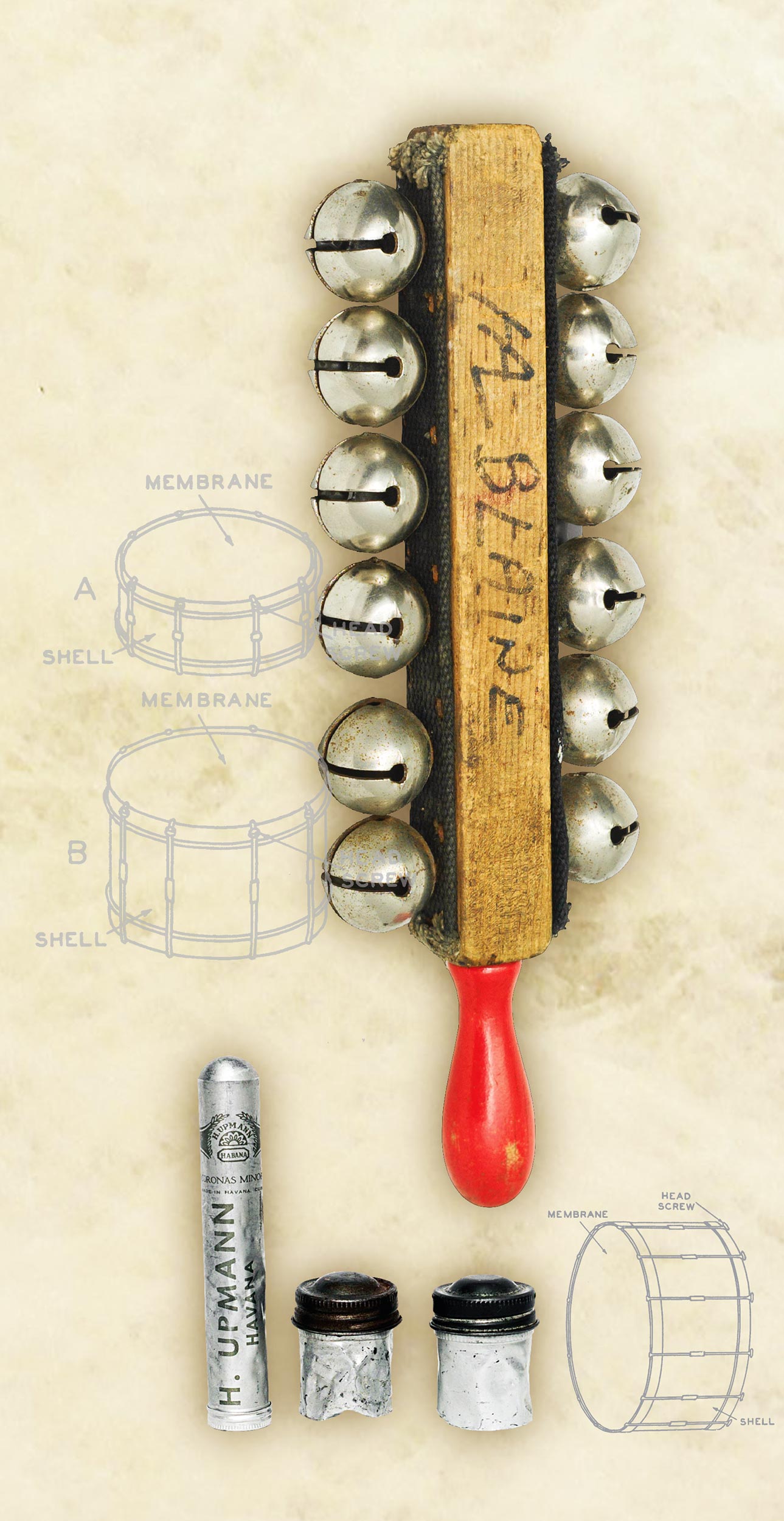As a home recordist on a limited budget, I’ve been hooked on 500 Series modules for the past few years. In addition to the possibility of building my own gear, like my beloved CAPI VP26 [Tape Op #77] and Hairball Audio Elements [#110] preamps, one of the initial appeals of collecting 500 Series modules is the ability to swap them in and out of a chassis: stock it with preamps for tracking, then substitute some compressors and EQs for mixing. However, real life is a bit more complicated, thus I found myself switching them in and out more frequently than I would have liked – memories of fiddling with Nintendo cartridges in the ‘80s included. So, I recently, and begrudgingly, began the search for a second 500 Series chassis so that I could keep everything patched in to accommodate quick changes in my workflow. I was a bit daunted by the options. On one hand, I didn’t want to overspend on what is essentially a power supply – I’d much rather splurge on something with character. On the other, I didn’t want to get something so poorly designed or built that it would introduce noise, crosstalk, or other issues that would distract me during sessions and reduce the usefulness of the gear I already had. I’m happy to report that I found a solution in the Fredenstein Bento 8, which performs as well as my more expensive chassis while costing a good deal less.
Since I approached the affordable Bento 8 with skepticism, I made a point of putting it through its paces in my home studio before committing. First, I filled up all eight slots to see if it could ably power my 500 Series preamps at full capacity. No problem there. Next, I tried it during a mixing session with a combination of tube and solid-state compressors, EQs, and a de-esser – it didn’t blink. In the chassis Fredenstein sent me for review they were kind enough to include a few of their own 500 Series units (the F602 Tube Compressor, Artistic EQ, and Artistic Comp Plus), all of which I found useful on recent mixes. With all these EQs and compressors suddenly on hand, I discovered that (unlike my older chassis) the Bento 8 allows you to daisy chain adjacent units with the flick of a switch. For remote recording, this is a huge benefit, but I also found that with my hybrid workflow this saved me time because I could build a vocal chain for mixing (compressor, EQ, de-esser) and patch in and out of it once – two patch cables instead of six! The Bento 8 also accommodates stereo compressor linking with a separate switch, but as of this review, I didn’t have a matched pair of 500 Series compressors to test this handy function.
Similar to most 500 chassis, the Bento 8 is a three rack space unit, and includes feet (for desktop use) and rack ears – which wins serious points from me because I don’t have to buy them separately if I decide to rack it up. All I/O is XLR. This was fine with me, but I know some might prefer a chassis with DB 25 and/or 1/4-inch TRS connectivity. It has a power switch, which is great, but it’s on the back so will be of limited use in a rack. Very handy is the fact that a built-in linear power supply means it plugs in with an IEC cable – no external power supplies to get lost in the sea of cables behind your rack! Even preamps plugged directly next to the power supply were noise-free in my experience, thanks to what Fredenstein describes as “extensive magnetic shielding” around the mains transformer. If that’s not enough, the Bento 8 also incorporates a ground-lift switch, though the manual wisely suggests avoiding this option if at all possible. The specs boast 500 mA per slot, which was more than enough to power everything I threw at it. I was also delighted to see that this thing is sturdy and well-constructed – it’s heavier than I expected, feels solid all around, and features countersunk fasteners so that you don’t scrape your other rack gear.
When I first got into 500 Series modules, I planned to pay about $100 per slot for any decent chassis. The Bento 8’s street price of $350 means you’re spending less than $45 per slot to amply power your 500 Series modules! Given how financially taxing the pandemic has been for musicians and engineers, it’s great to find something that works well without breaking the bank.




_disp_horizontal_bw.jpg)